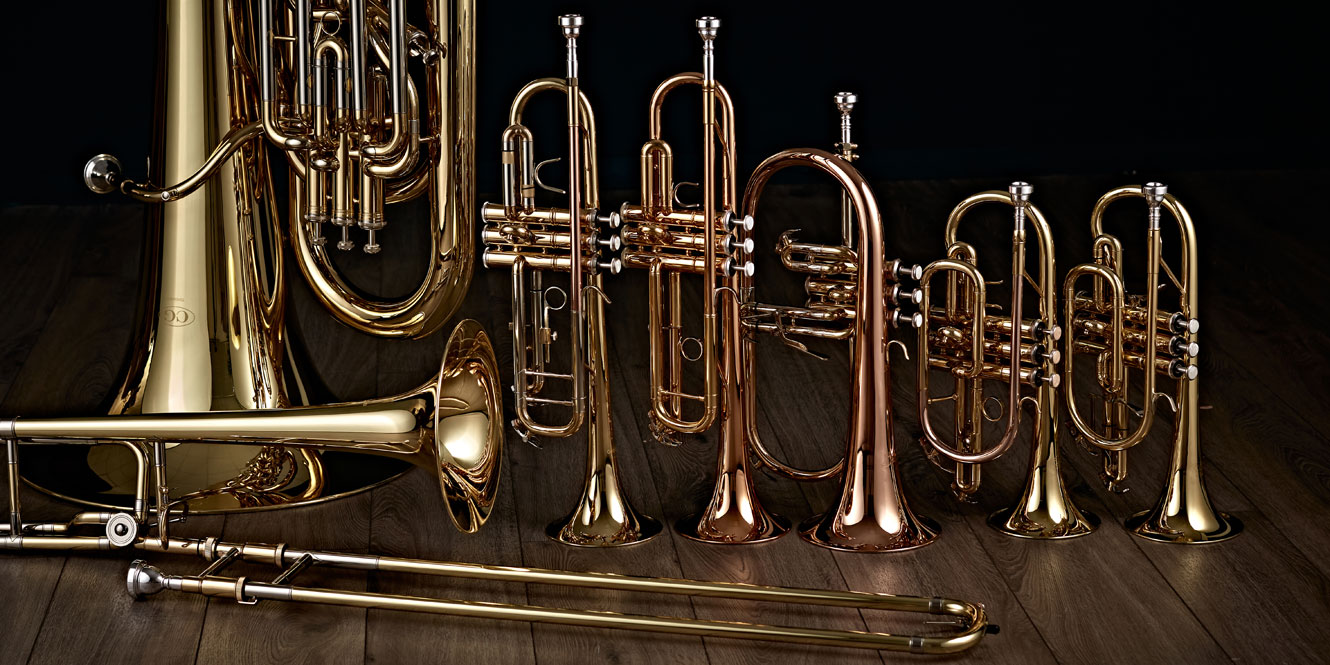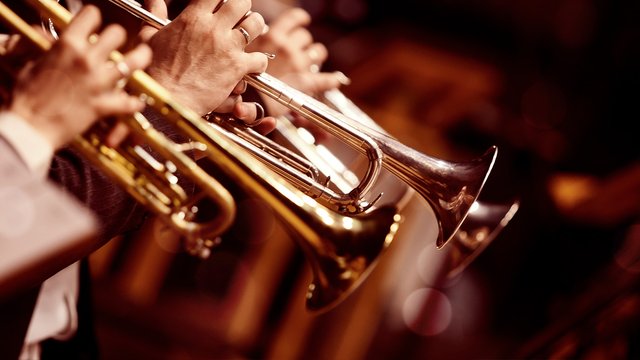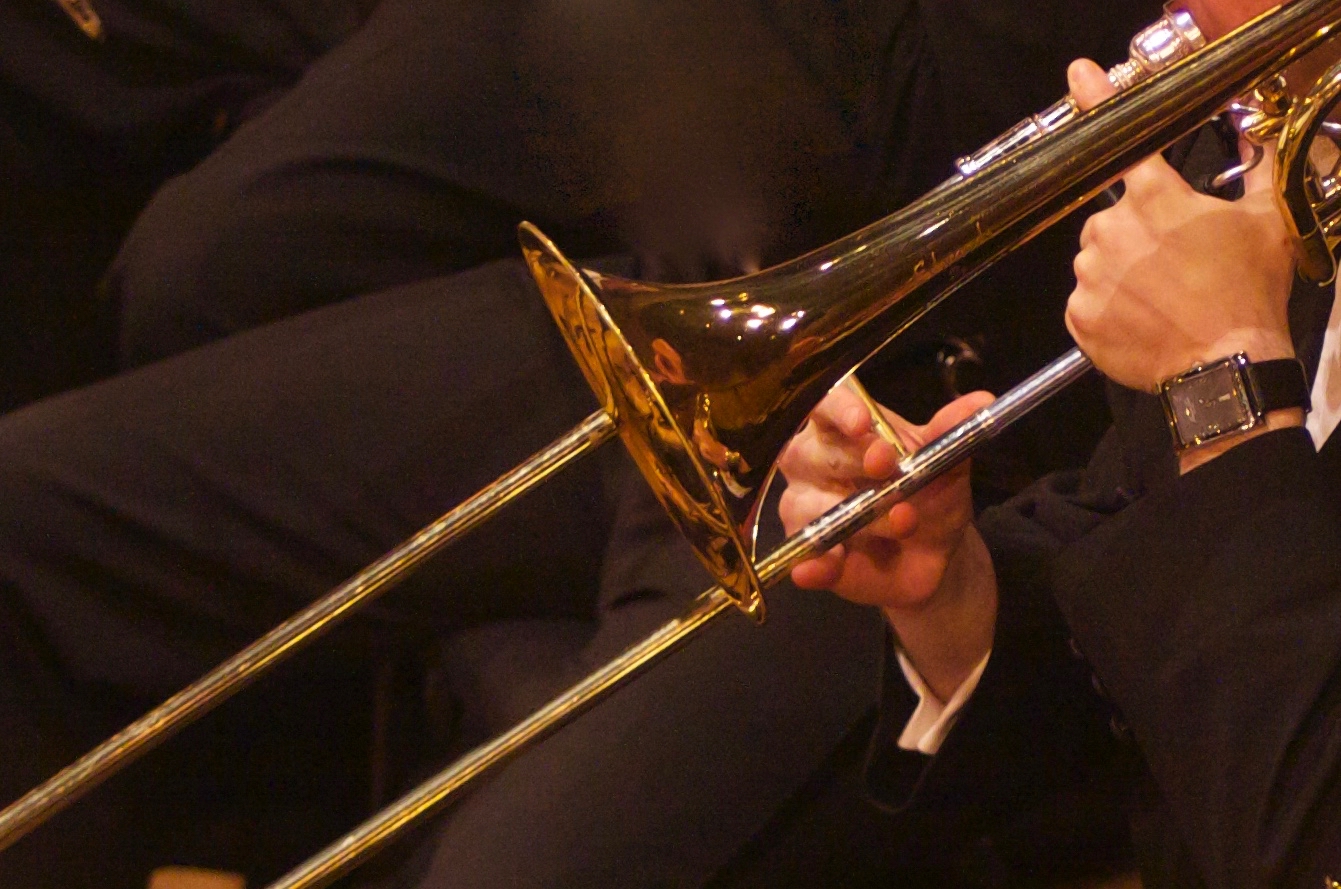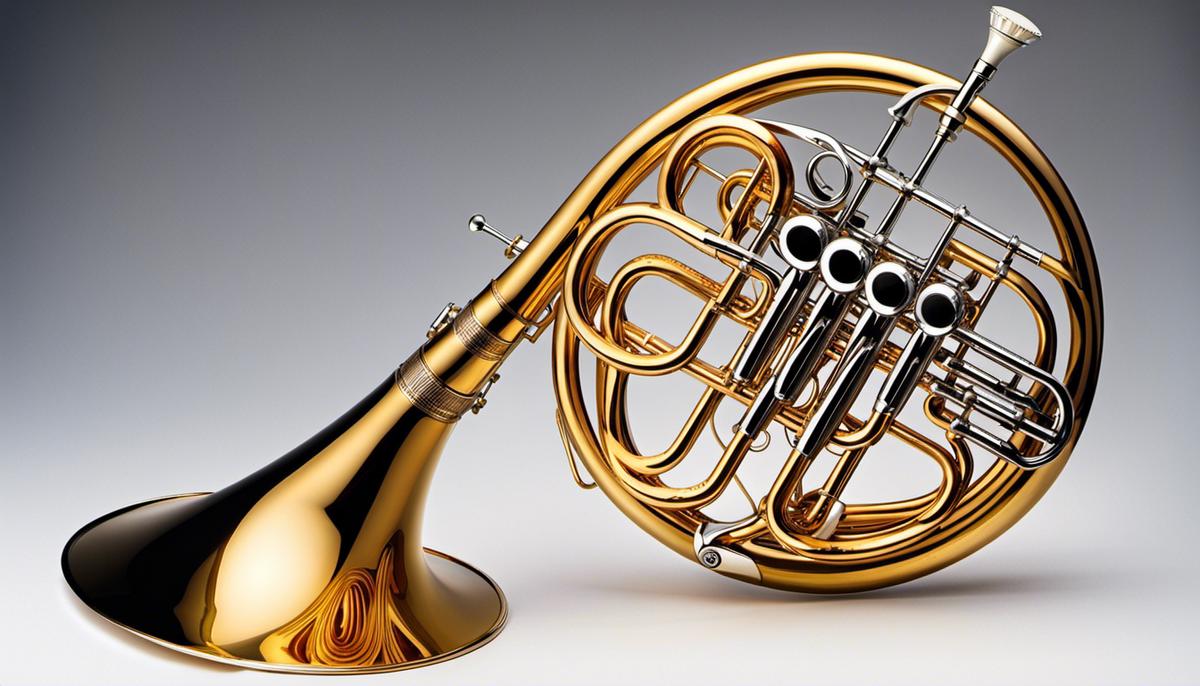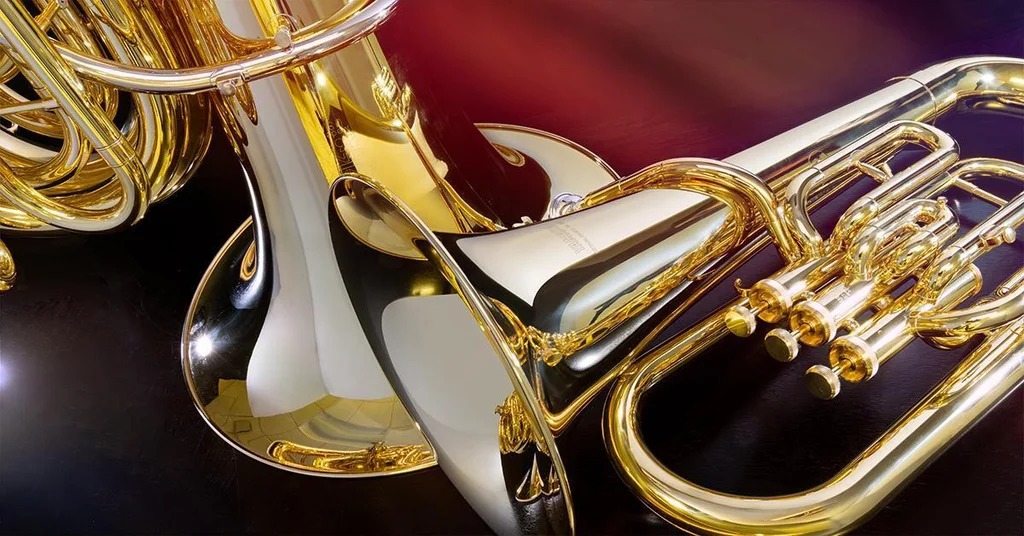Brass instruments have a powerful and majestic presence in classical music, with origins that trace back to ancient civilizations where early trumpets, horns, and conch shells were used for ceremonies, hunting, and signaling in battle. By the Renaissance, simple natural trumpets and horns began appearing in European courts, valued for their bright, regal sound. In the Baroque and Classical eras, composers like Handel, Haydn, and Mozart used them to add brilliance and grandeur to their works, even though these instruments lacked valves and could only play limited notes from the harmonic series. The invention of valves in the early 19th century revolutionized brass playing, giving instruments like the trumpet, horn, trombone, and tuba a full chromatic range and much greater versatility. Since then, the brass section has become a vital part of the orchestra, capable of everything from triumphant fanfares to warm, lyrical melodies, carrying on a tradition that blends ancient roots with modern refinement.
